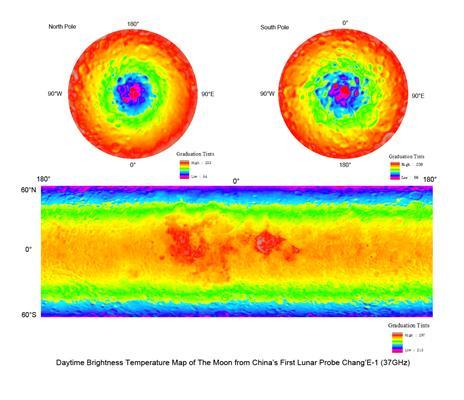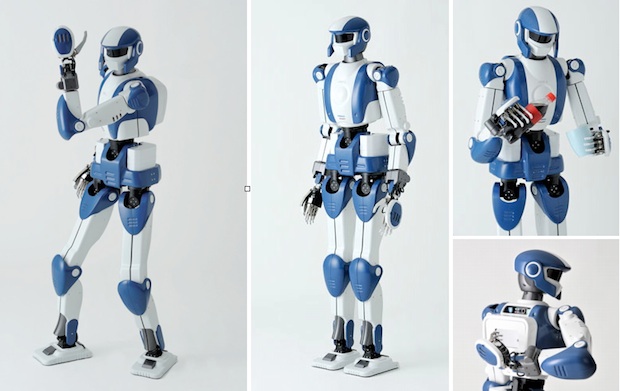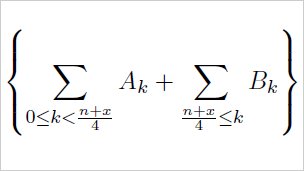Been outside at midnight lately? There's something you really need to see. Jupiter is approaching Earth for the closest encounter between the two planets in more than a decade--and it is dazzling.
The night of closest approach is Sept. 20-21st. This is also called "the night of opposition" because Jupiter will be opposite the sun, rising at sunset and soaring overhead at midnight. Among all denizens of the midnight sky, only the Moon itself will be brighter.

© Tamas LadanyiScience@NASA reader Tamas Ladanyi took this picture of a friend photographing Jupiter over a lake in the Bakony mountains of Hungary on Sept. 5th. "The giant planet was remarkably bright," says Ladanyi.
Earth-Jupiter encounters happen every 13 months when the Earth laps Jupiter in their race around the sun. But because Earth and Jupiter do not orbit the sun in perfect circles, they are not always the same distance apart when Earth passes by. On Sept. 20th, Jupiter will be as much as 75 million km closer than previous encounters and will not be this close again until 2022.
The view through a telescope is excellent. Because Jupiter is so close, the planet's disk can be seen in rare detail--and there is a lot to see. For instance, the Great Red Spot, a cyclone twice as wide as Earth,
is bumping up against another storm called "Red Spot Jr." The apparition of two planet-sized tempests grinding against one another must be seen to be believed.









